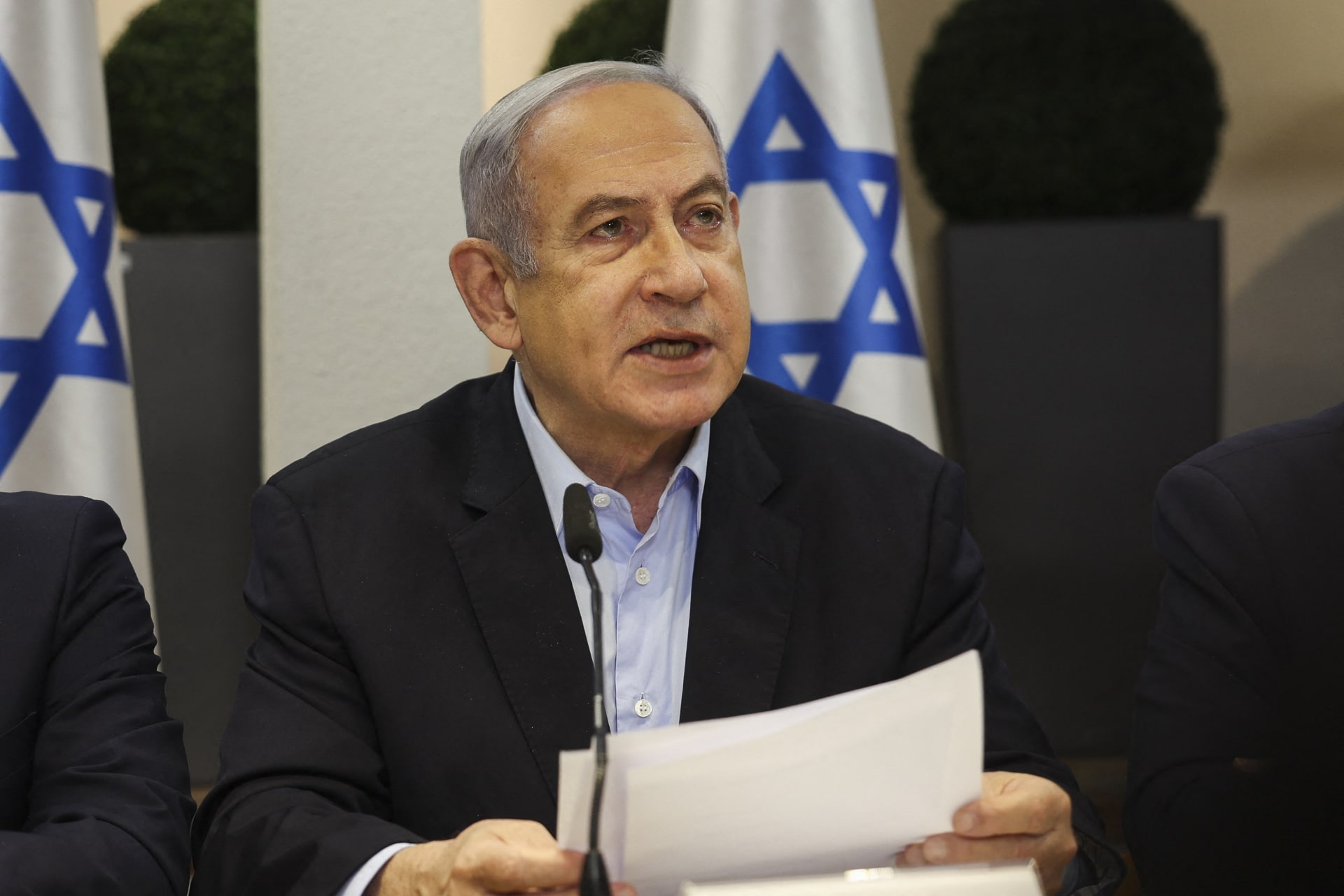US Envoy Offers Gaza Ceasefire Proposal: Hamas Urged To Accept

Table of Contents
Details of the US Ceasefire Proposal
The specifics of the US-brokered ceasefire proposal are still emerging, but key elements are starting to surface. The proposal reportedly outlines a timeframe for a cessation of hostilities, with specific timelines for both sides to stand down. Crucially, it addresses the urgent need for humanitarian aid delivery to Gaza, a region currently facing severe shortages of essential supplies. Furthermore, the proposal attempts to address the sensitive issue of prisoner releases or exchanges, a long-standing point of contention between Hamas and Israel. Finally, it lays the groundwork for future negotiations aimed at achieving a more sustainable, long-term solution to the Israel-Gaza conflict.
- Specific timelines for the cessation of hostilities: Reports suggest a phased approach, with an initial short-term truce followed by longer-term negotiations.
- Guarantees for humanitarian aid delivery to Gaza: The proposal likely includes provisions to ensure safe and unimpeded access for humanitarian organizations and the delivery of essential supplies.
- Mechanisms for addressing prisoner releases or exchanges: This is a particularly complex issue, and the proposal likely outlines a process for negotiation and potential third-party involvement.
- Potential for future negotiations on longer-term solutions: The ceasefire is envisioned as a stepping stone towards addressing the root causes of the conflict and achieving lasting peace.
Hamas' Response and Potential Obstacles
Hamas's official response to the US ceasefire proposal is eagerly awaited. Their reaction will hinge on several factors. Internal divisions within Hamas regarding the terms of the proposal are a significant possibility. Hardline factions within the group may oppose any concessions, potentially hindering a unified acceptance. Moreover, Hamas's concerns about Israel's commitment to the terms of the ceasefire are entirely understandable, given past experiences of broken truces. External pressures, including influence from other Palestinian factions, will also likely play a role in their final decision.
- Hamas's stated position on the proposal: As of now, an official statement remains pending, leaving room for speculation and analysis.
- Potential internal disagreements within Hamas regarding acceptance: The internal dynamics within Hamas could significantly impact their decision-making process.
- Concerns about Israel's adherence to a ceasefire: Past experiences have fostered deep mistrust, making guarantees of compliance crucial for Hamas.
- Influence of other Palestinian factions on Hamas' decision: The broader Palestinian political landscape will undoubtedly influence Hamas' calculations.
The International Community's Role
The international community plays a crucial role in fostering a successful Gaza ceasefire. The UN, EU, and other key players are actively engaged in diplomatic efforts to exert pressure on all parties to accept the proposal. Statements of support for the ceasefire, coupled with offers of assistance for post-conflict reconstruction, are being employed as incentives. Conversely, the possibility of sanctions or other punitive measures against those obstructing peace remains a powerful tool.
- Statements from key international players (UN, EU, etc.): These statements provide crucial diplomatic backing and public pressure.
- Diplomatic efforts underway to secure a ceasefire: Intense negotiations and behind-the-scenes diplomacy are underway.
- Potential sanctions or incentives being considered: The carrot-and-stick approach is being applied to encourage compliance.
Potential Consequences of Acceptance or Rejection
The consequences of Hamas' decision are far-reaching. Acceptance of the Gaza ceasefire proposal could lead to a significant reduction in violence, allowing for vital humanitarian aid to reach those in need. It would also create an opportunity for much-needed reconstruction and long-term peace negotiations. However, rejection risks a further escalation of the conflict, potentially resulting in greater loss of life and further destruction. The humanitarian crisis would inevitably worsen, and regional stability would be severely threatened.
- Potential benefits of a lasting ceasefire: Reduced violence, humanitarian aid delivery, reconstruction, and the potential for lasting peace.
- Risks of continued conflict and escalation: Increased casualties, further destruction, and deepening humanitarian crisis.
- Impact on humanitarian aid and reconstruction efforts: A ceasefire is crucial for effective and safe delivery of aid and for initiating reconstruction projects.
Conclusion: The Future of the Gaza Ceasefire Proposal
The US envoy's Gaza ceasefire proposal presents a crucial opportunity to end the devastating conflict and alleviate the immense suffering in Gaza. The details of the proposal, Hamas's potential response, the role of the international community, and the potential consequences all highlight the immense stakes involved. Achieving a lasting Gaza ceasefire remains paramount for regional stability and the well-being of the Palestinian people. Stay informed about developments regarding the Gaza ceasefire and the ongoing efforts to achieve peace in the region. Follow reputable news sources and international organizations for the latest updates on this critical situation. The future of Gaza hinges on the success of this crucial initiative.

Featured Posts
-
 Galaxy S25 Ultra 256 Go Acheter Ou Pas Notre Analyse Complete
May 28, 2025
Galaxy S25 Ultra 256 Go Acheter Ou Pas Notre Analyse Complete
May 28, 2025 -
 Check Todays Personal Loan Interest Rates And Apply Now
May 28, 2025
Check Todays Personal Loan Interest Rates And Apply Now
May 28, 2025 -
 Ipswich Town Injury News Latest Updates Before Bournemouth Clash
May 28, 2025
Ipswich Town Injury News Latest Updates Before Bournemouth Clash
May 28, 2025 -
 Gabby Agbonlahor On Arsenals Potential Premier League Transfer Target
May 28, 2025
Gabby Agbonlahor On Arsenals Potential Premier League Transfer Target
May 28, 2025 -
 Josh Allen And Hailee Steinfeld The Engagement Her Reaction And Whats Next
May 28, 2025
Josh Allen And Hailee Steinfeld The Engagement Her Reaction And Whats Next
May 28, 2025
